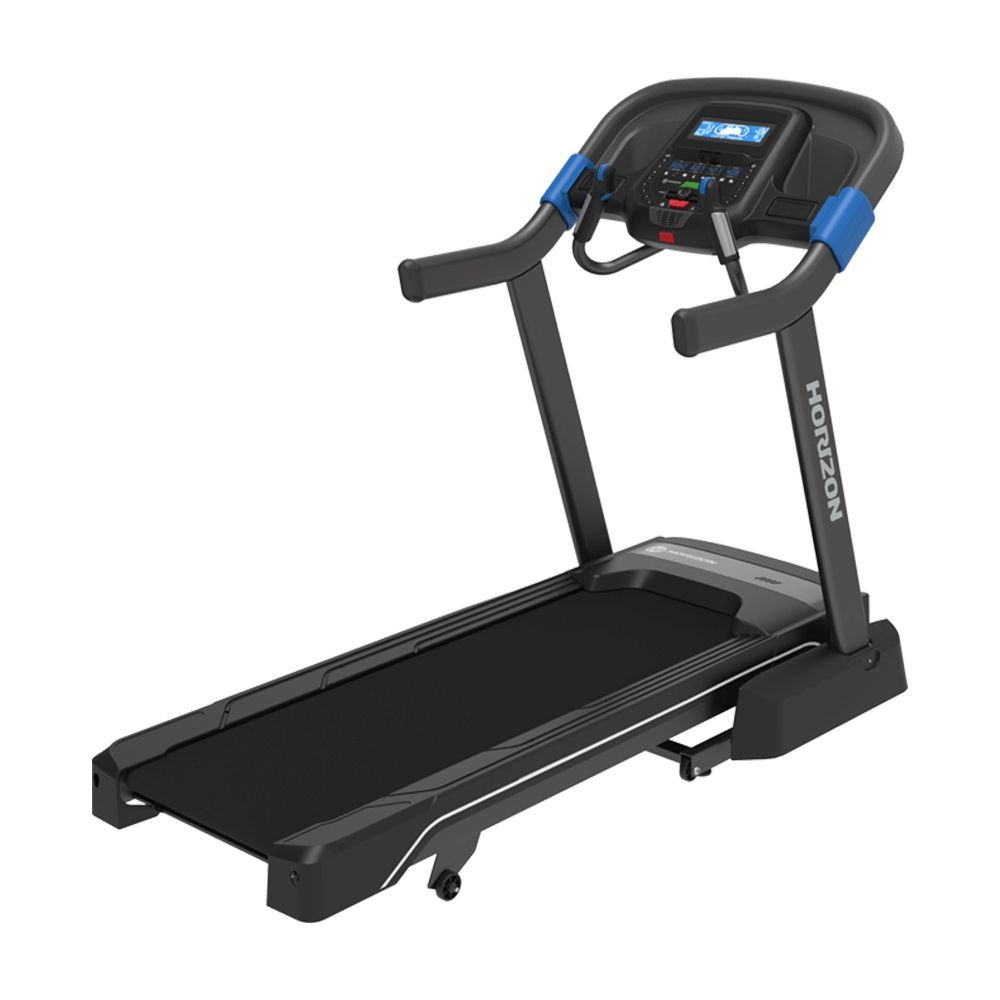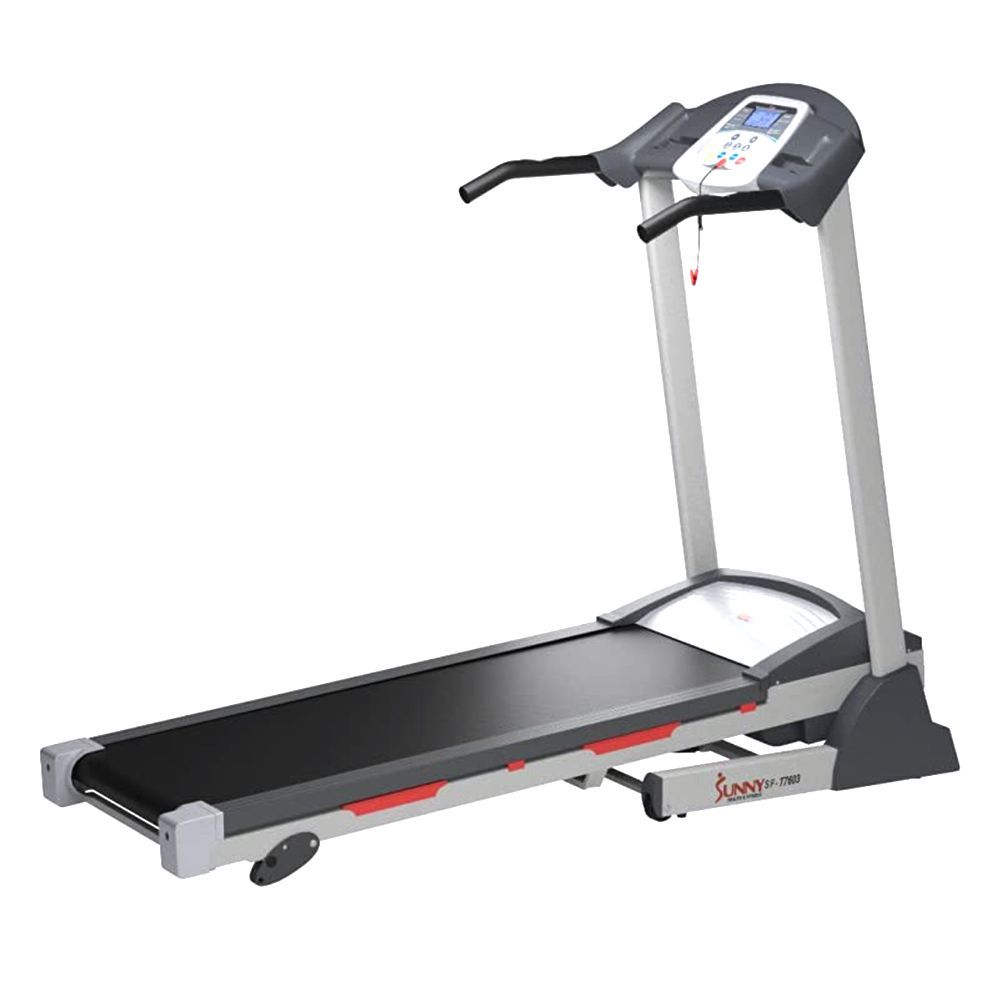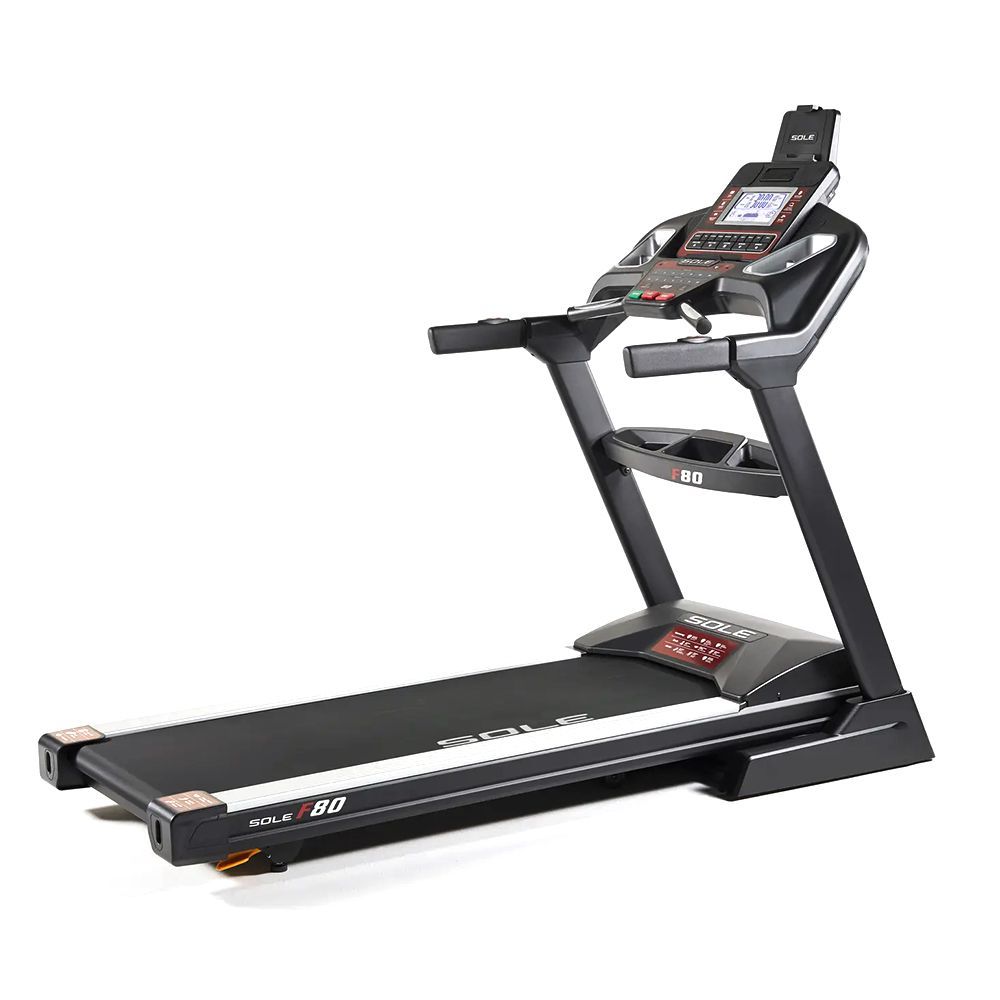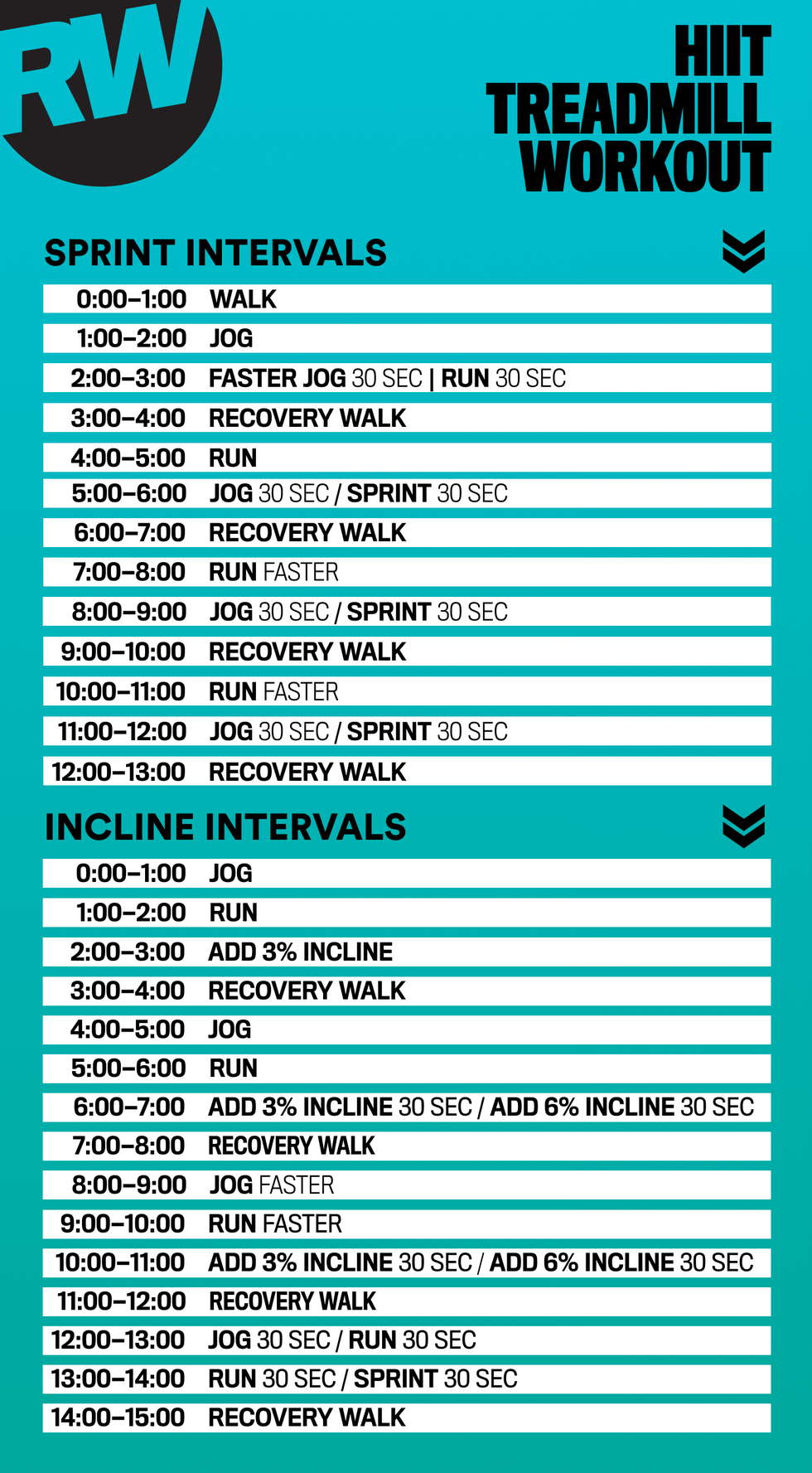Some runners love to hate on the treadmill. Why clock miles on a rolling belt indoors when you can enjoy every step among the beauty of the outdoors, right? Well, for starters, a treadmill HIIT workout can save you from going all out in the heat and humidity of summer, while helping you zero in on key forms of training.
Treadmills can also help you master pacing and form, and allow you to do effective hill and speed training in a controlled environment, says Raj Hathiramani, run coach for Mile High Run Club in New York City. “By doing intervals with instant feedback on speed, you can benefit from understanding how changes in your pace correspond to changes in your perceived exertion—this allows you to run by feel,” he tells Runner’s World. “You can also incorporate effective incline interval training if you don’t have convenient access to hills.”
Running on the tread also allows you to focus on form. If you notice you’re moving side to side, for example, keep yourself in the center of the belt by squaring up your shoulders and hips, Hathiramani suggests. Drive your arms forward and back, with elbows tucked to sides, and work on landing with feet directly under hips, he adds.
The Benefit of Treadmill HIIT Workouts
Interval training, or speedwork, is pretty much a must-do for any runner looking to improve their speed, but it can also help with endurance. This type of training “improves your aerobic capacity by making you quickly adapt to different speeds and become a more efficient runner,” Hathiramani says.
Research backs up the benefits of HIIT training, particularly for runners. For example, a systematic review published in 2017 found that two to three HIIT sessions per week (along with continuous running) for at least four weeks improved maximal oxygen uptake or how much oxygen you can take in (a marker of fitness) and running economy, and it led to muscular and metabolic changes. Another study published in 2018, examining 16 trained trail runners, found that sprint interval training was an effective and time efficient way to improve endurance and power, as measured through improvements in speed in a 3,000 meter-run, time to exhaustion, and peak power output.
To make sure you’re getting the most of your hard work, Hathiramani suggests avoiding back-to-back days of intervals and sticking to just one or two speed sessions per week.
A Treadmill HIIT Workout Designed for Speed and Power
Before you hop on the belt, do a few dynamic stretches to prep your body for some intense work. This workout, designed and demonstrated by Kristine Zabala, trainer and instructor at Barry’s in Philadelphia, includes two main segments, with four smaller interval blocks within each of those segments. The first main segment focuses on speed. You’ll ease into a fast and intense effort with a walk and jog, and after two minutes, you’ll start pushing your pace.
For the “jog” efforts, go at a pace you can still have a conversation and then for the “run” efforts, think about running comfortably hard—you should be able to talk, but it might be choppy, Zabala says. The “sprints” are your all-out speed—talking should feel nearly impossible—and try to get faster with each new sprint effort.
The second block is all about the incline, which can boost your strength and power, while of course also better preparing you to conquer hills. You’ll ease back into a faster pace at the start, and then begin adding that incline. Remember to lean into the hill—leaning forward from the ankles—pumping your arms and driving your knees up as you take quick steps. Think: tall posture, shoulders back, core engaged, Zabala says. The goal is to maintain your run speed while you kick up that incline.
Don’t forget to cool down after this workout, with a longer walk, more stretching, or foam rolling.
The best benefit of this treadmill HIIT workout: You can make it work for you by doing the full session, hitting both sprints and hills, for a sweat that lasts about 30 minutes. Add more time by repeating the sprint or hill block. Or, if you’re short on time today, stick to just the sprints or just the hills.
Mallory Creveling, an ACE-certified personal trainer and RRCA-certified run coach, joined the Runner's World and Bicycling team in August 2021. She has more than a decade of experience covering fitness, health, and nutrition. As a freelance writer, her work appeared in Women's Health, Self, Men's Journal, Reader's Digest, and more. She has also held staff editorial positions at Family Circle and Shape magazines, as well as DailyBurn.com. A former New Yorker/Brooklynite, she's now based in Easton, PA.

















